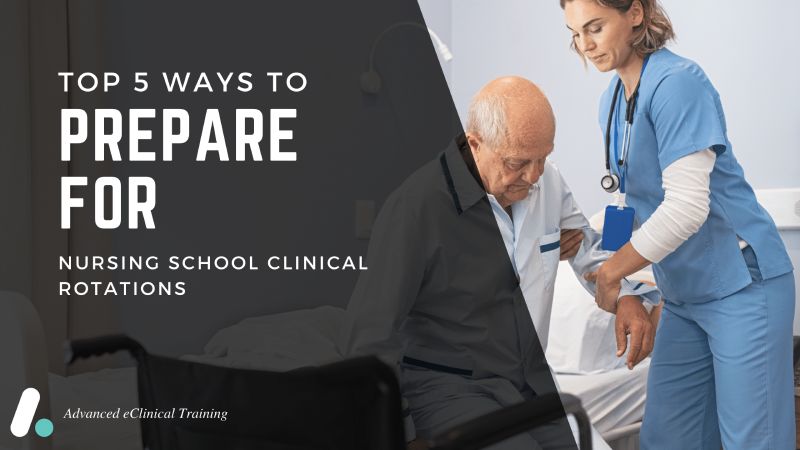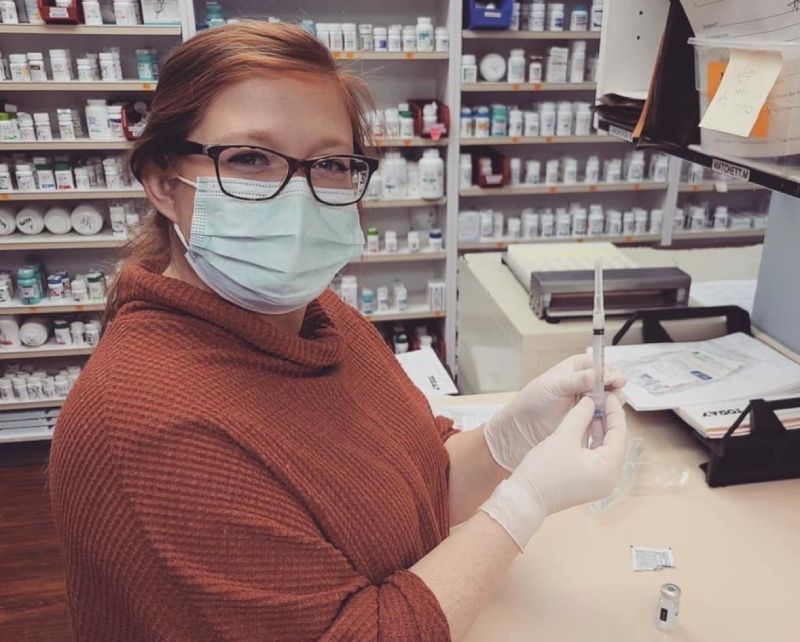Upskill Your Healthcare Staff in 30 Days: Here’s How
In the healthcare field, ensuring that staff stay current with advancements in technology, treatments, and best practices is essential to providing a high level of patient care. However, upskilling is often overlooked due to time constraints caused by increasing service demands and staffing shortages. The good news? With a strategic, focused approach, healthcare organizations can equip their teams with essential new skills in just 30 days.
This guide outlines a practical, month-long upskilling plan designed to help leadership teams quickly identify skill gaps, implement effective training programs, and foster a culture of continuous learning. Whether your goal is improving patient outcomes, increasing staff retention, or addressing workforce shortages, the right upskilling strategy can make all the difference.
Why Is Healthcare Upskilling Important?
The healthcare field is rapidly advancing and changing shape, which is why continuous learning isn’t just beneficial for medical professionals — it’s essential. To start, upskilling your staff ensures that they remain at the forefront of industry advancements and are capable of providing the highest quality of care to patients.
If that doesn’t convince you, here are some other reasons why investing in staff development should be a priority:
- It’s cost-effective compared to hiring new staff. In healthcare, turnover is costly. From managing job postings and interviews to providing training and orientation, the process can take months and cost thousands of dollars. Upskilling your existing staff, on the other hand, allows you to invest in their potential and foster the growth your teams need while saving both time and money.
- It helps maintain high care standards. New technologies, treatments, and best practices are constantly being introduced to the healthcare field. Without training, staff risk falling behind, which can negatively impact patient outcomes and impact your organization’s reputation. Upskilling ensures your team stays current with the latest industry standards, making it possible for them to maintain a high standard of care.
- It makes employee retention efforts easier. Lack of career growth opportunities is one of the main reasons healthcare professionals seek opportunities elsewhere. Investing in upskilling shows your staff that you are committed to their development, which in turn can increase job satisfaction rates and loyalty. An added bonus: It’s also easier for organizations that offer professional development opportunities to attract top talent.
Your 30-Day Healthcare Upskilling Plan
Upskilling your healthcare staff doesn’t have to be a long, drawn-out process. With a structured approach, you can equip your team with valuable skills in just 30 days. Follow this 4-week plan to assess needs, implement training, and establish a culture of continuous learning.
Week 1: Assess Current Skills Gaps & Identify Goals
Before launching an upskilling initiative, take the time to evaluate your team’s existing capabilities and determine where gaps exist. Consider:
- What new skills are needed? Are there new regulations, technologies, or best practices your team should be familiar with?
- Which areas need improvement? Are there performance gaps affecting patient care or efficiency?
- What are your organizational goals? Align upskilling efforts with your broader objectives, such as reducing patient wait times or improving care quality.
Week 2: Create a Tailored Upskilling Program
Once you’ve identified areas for improvement, it’s time to design a training program that addresses them. Consider partnering with an online training provider, like Advanced eClinical Training (ACT), that provides on-demand courses that make it possible for employees to upskill around their busy work schedules.
Key components of an effective upskilling program include:
- Blended learning: A mix of online courses, hands-on training, and mentorship opportunities
- Self-paced curriculum: Focused training modules that can be completed on a flexible timeline
- Certifications or continuing education credits (CEUs): Ensures courses contribute to professional development and compliance requirements
Week 3: Implement the Program & Monitor Progress
With your upskilling plan in place, begin rolling out training sessions. Encourage participation by:
- Setting clear expectations for completion timelines
- Allowing flexible learning schedules to accommodate different shifts
- Assigning mentors or trainers to support program participants
- Using learning management systems to track progress and engagement
Regular check-ins can also help identify any roadblocks and ensure staff feel supported throughout the process.
Week 4: Evaluate Success & Set Up Ongoing Learning Opportunities
At the end of 30 days, assess the program’s effectiveness by:
- Gathering employee feedback on the training experience
- Measuring key performance indicators (KPIs) like improved efficiency, patient satisfaction, or error reduction
- Identifying areas for continued learning and specialization
To maintain momentum, establish an ongoing learning strategy, such as hosting quarterly training refreshers or peer-led workshops.
6 Strategies for Long-Term Continuous Healthcare Staff Development
While a 30-day upskilling plan is a great way to breathe new life into staff development efforts, growth is best supported by ongoing learning opportunities. Healthcare is an ever-evolving field, and investing in long-term professional development helps ensure staff remain engaged, skilled, and prepared for the future. The following 6 strategies can help support continuous learning within your organization.
1. Offer Tailored Upskilling Paths
A one-size-fits-all approach doesn’t quite work when it comes to professional development. Every healthcare professional has unique skills, preferred learning styles, career aspirations, and areas for improvement. Create training pathways that align with a range of needs by:
- Conducting regular skills assessments to identify which skills are most needed
- Offering multiple learning formats, such as online courses, workshops, and hands-on training
- Helping employees set clear career advancement goals and providing the training needed to achieve them
2. Create a Mentorship Program
Mentorship is a powerful tool for professional growth. Pairing experienced healthcare professionals with more junior staff members fosters knowledge sharing, skill development, and career guidance. A strong mentor/mentee relationship can:
- Improve job satisfaction and retention by fostering a sense of community and support
- Facilitate on-the-job learning through direct experience
- Encourage leadership development by giving senior staff opportunities to have a direct impact on the next generation of healthcare workers
3. Encourage Interdisciplinary Learning
Collaboration between different healthcare roles — nurses, physicians, therapists, technicians, etc. — creates a culture that prioritizes communication, teamwork, and, by extension, positive patient outcomes. To promote interdisciplinary learning:
- Host cross-training sessions where staff members learn about each other’s roles
- Organize case study discussions that involve multiple areas of practice
- Encourage staff to attend interdisciplinary workshops and conferences
4. Partner With an Online Training Program Provider
A dedicated online training partner, such as ACT, can streamline continuous staff development. These providers offer:
- On-demand courses that allow employees to learn at their own pace
- Accredited training programs that meet compliance and certification requirements
- Access to learning resources, such as virtual lab exercises, study guides, and online seminars
By leveraging external training resources, healthcare organizations like yours can provide high-quality learning experiences without running the risk of stretching internal resources too thin.
5. Establish a Leadership Development Program
Developing future healthcare leaders is essential for sustaining a strong workforce. A leadership program helps identify high-potential employees and provides them with the skills needed to advance into supervisory or management roles. Effective leadership training should include:
- Workshops on communication, decision-making, and conflict resolution
- Opportunities for hands-on leadership experience, such as managing small projects or mentoring junior staff
- Guidance on healthcare administration and policy
Investing in leadership development ensures that your organization has a pipeline of capable professionals ready to take on key roles.
6. Provide Recognition & Incentives for Professional Growth
Continuous learning should be rewarded and celebrated to encourage staff participation. Consider offering:
- Financial incentives, such as tuition reimbursement for advanced certifications
- Public recognition, like employee spotlights or awards for training achievements
- Career advancement opportunities for employees who complete specific upskilling programs
Final Thoughts
Upskilling and long-term staff development aren’t just about improving individual skills — they strengthen your entire healthcare organization. By creating a culture that values professional improvement through mentorship, interdisciplinary learning, leadership development, and continuous training, you ensure that your team remains highly skilled, motivated, and committed to providing the best possible patient care.
With ACT’s on-demand training programs, you can efficiently close skill gaps, improve retention, and build a future-ready workforce. Explore our training solutions or contact us today to discuss how we can support your organization’s upskilling goals.


